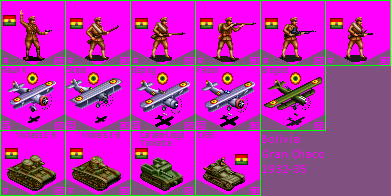That Molotov–Ribbentrop pact is the Stalinist diplomacy people remember instead.
Shock. I wonder why. 
Pacts signed by Nazi Germany before the "Molotov-Ribbentrop" Non-Aggression Pact (08/23/1939):
1933 "Friendship Pact of the Four Powers" with the United Kingdom, France and Italy
1934 "German-Polish Non-Aggression Pact" with Poland
1935 "Anglo-German naval agreement" with the United Kingdom
1936 "Anti-Comintern Pact" with Japan
1938 "Munich Agreements" with the United Kingdom, France and Italy (September)
1938 "Declaration of friendship between France and Germany" with France (December)
1939 "German-Romanian Economic Treaty" with Romania (March)
1939 "Pact of Steel" with Italy (May)
1939 "German-Danish Non-Aggression Pact" with Denmark (May)
1939 "German-Latvian Non-Aggression Pact" with Latvia (June)
1939 "German-Estonian Non-Aggression Pact" with Estonia (June)
On May 2, 1935, French-Soviet Mutual Assistance Pact was signed, which remained a dead letter, when it was submitted to British policy and agreement with the Polish regime, and that was buried with the friendship treaty between France and Germany of 1938.
In the Spanish Civil War you can see who was allowed to do by England and France, and who benefited from the Non-Intervention Agreement, with the definitive rapprochement between fascist Italy and Nazi Germany.
The USSR understood that it was being left alone in the face of Germany and its allies, and by not reaching agreements with the western empires, it had to negotiate with its most direct and dangerous enemies:
Soviet-German Non-Aggression Pact and Soviet-Japanese Neutrality Pact: peace treaty signed on April 13, 1941.




